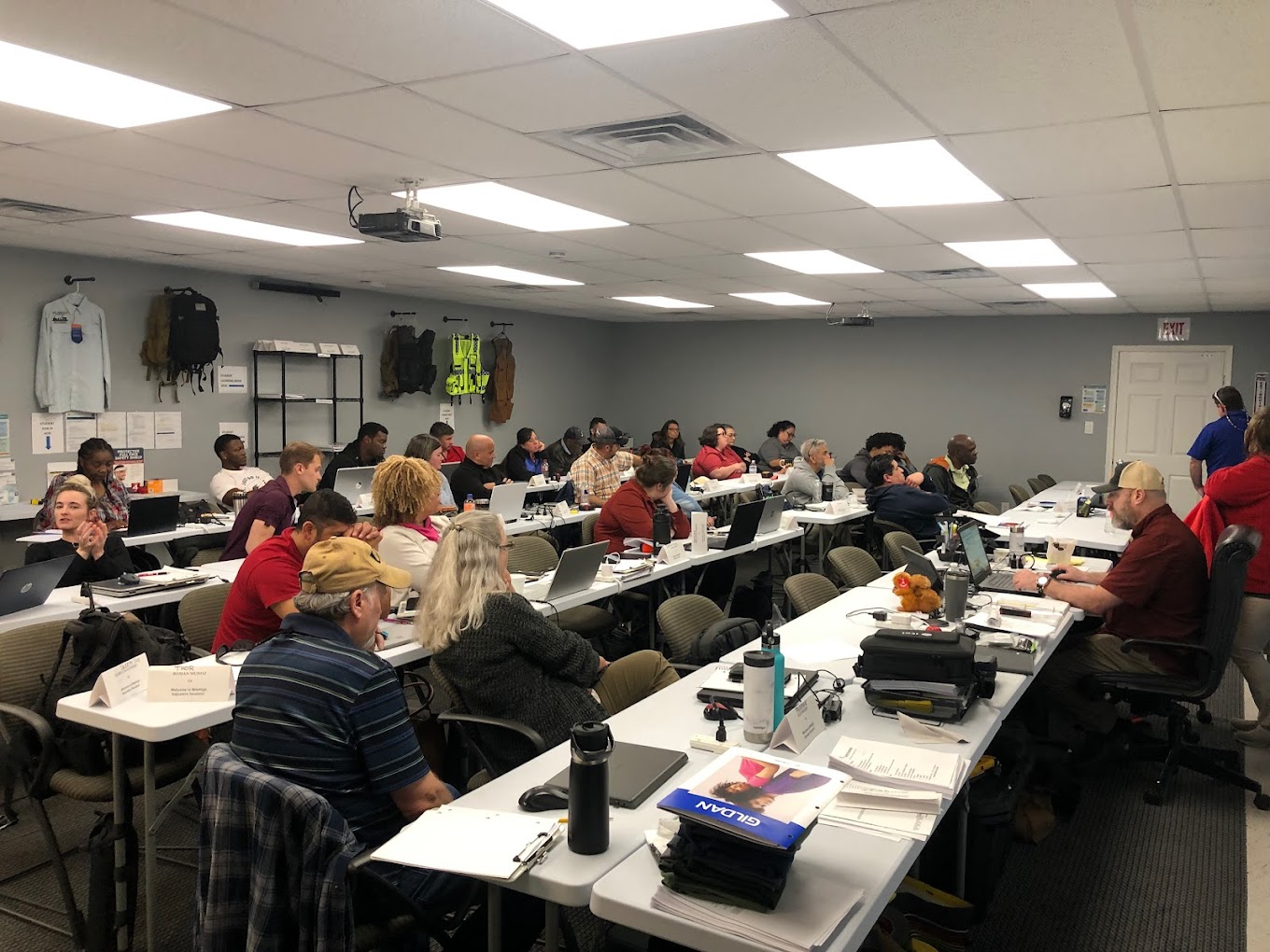Introduction
Data mining is an important topic included in any Data Science Course. It involves the extraction of valuable insights from large datasets. This process employs various techniques to identify patterns, correlations, and trends that might otherwise remain hidden. Data mining is used in diverse fields such as marketing, finance, healthcare, and more, enabling organisations to make informed decisions and drive strategic initiatives. This article provides an introduction to some of the most common data mining techniques.
What is Data Mining?
Data mining is the process of discovering meaningful patterns and knowledge from large amounts of data. It combines statistics, machine learning, and database systems to analyse data from different perspectives and summarise it into useful information. This information can then be used for tasks like prediction, classification, and clustering. Data mining for machine learning modelling is key for researchers and scientists and is often taught in a research-oriented course, such as a Data Science Course in Hyderabad.
Common Data Mining Techniques
Here are some common data mining techniques any data analyst must be thorough with.
Classification
Classification is a supervised learning technique used to predict the categorical labels of new observations based on past observations. It involves training a model on a labelled dataset, where the target outcome is known, and then using this model to classify new data points. Common algorithms used for classification include:
- Decision Trees: A flowchart-like structure where each node represents a decision rule, and each branch represents the outcome of the rule.
- Random Forest: An ensemble of decision trees that improves accuracy by combining the results of multiple trees.
- Support Vector Machines (SVM): A technique that finds the hyperplane that best separates different classes in the data.
Clustering
Clustering is an unsupervised learning technique used to group similar data points into clusters based on their characteristics. Unlike classification, clustering does not rely on labelled data. Instead, it identifies inherent groupings within the data. Popular clustering algorithms include:
- K-Means Clustering: Divides the data into K clusters, where each data point belongs to the cluster with the nearest mean.
- Hierarchical Clustering: Builds a hierarchy of clusters by either merging smaller clusters into larger ones (agglomerative) or splitting larger clusters into smaller ones (divisive).
- DBSCAN (Density-Based Spatial Clustering of Applications with Noise): Forms clusters based on the density of data points, allowing for the identification of clusters of arbitrary shapes and the detection of outliers.
Association Rule Learning
Association rule learning identifies interesting relationships between variables in large datasets. This technique is commonly used in market basket analysis to discover products frequently bought together. The most well-known algorithm for association rule learning is the Apriorism algorithm, which generates association rules based on the frequency of itemsets.
Regression
Regression analysis is used to model the relationship between a dependent variable and one or more independent variables. It is commonly used for prediction and forecasting. Key regression techniques include:
- Linear Regression: Models the relationship between variables by fitting a linear equation to observed data.
- Multiple Regression: Extends linear regression by using multiple independent variables to predict the dependent variable.
- Logistic Regression: Used for binary classification problems, modelling the probability of a binary outcome.
Anomaly Detection
Anomaly detection identifies outliers or unusual data points that deviate significantly from the majority of the data. This technique is crucial in fraud detection, network security, and quality control. Common methods for anomaly detection include:
- S-Score: Measures how many standard deviations a data point is from the mean.
- Isolation Forest: An ensemble method that isolates anomalies by creating random decision trees.
- Autoencoders: A type of neural network used to learn efficient representations of data, which can be used to detect anomalies.
Any inclusive Data Science Course will ensure that learners are adequately skilled in using these techniques as these are basic, yet, powerful techniques.
Applications of Data Mining
Data mining techniques are applied in various domains to solve complex problems and uncover hidden patterns. Some notable applications are described here. Data analysts are increasingly enrolling for a domain-specific Data Science Course in Hyderabad and such cities where they need to apply their learning in their professionals roles.
- Marketing: Identifying customer segments, predicting customer churn, and personalising marketing campaigns.
- Finance: Detecting fraudulent transactions, assessing credit risk, and forecasting stock prices.
- Healthcare: Diagnosing diseases, predicting patient outcomes, and optimising treatment plans.
- Retail: Analysing shopping patterns, managing inventory, and recommending products.
Best Practices in Data Mining
To effectively leverage data mining techniques, it is essential to follow best practices:
- Understand the Business Problem: Clearly define the problem you aim to solve and understand the business context.
- Prepare the Data: Clean and preprocess the data to ensure accuracy and consistency. This step often involves handling missing values, removing duplicates, and normalising data.
- Select the Right Technique: Choose the appropriate data mining technique based on the nature of the problem and the type of data available.
- Evaluate and Validate Models: Use metrics such as accuracy, precision, recall, and F1-score to evaluate the performance of models. Cross-validation can help ensure the robustness of the results.
- Interpret and Communicate Results: Present the findings in a clear and actionable manner, making sure that stakeholders understand the insights and their implications.
Conclusion
Data mining is a powerful tool in the data scientist’s arsenal, enabling the discovery of valuable insights from vast datasets. By applying techniques such as classification, clustering, association rule learning, regression, and anomaly detection, organisations can gain a deeper understanding of their data and make more informed decisions. Following best practices in data mining ensures that the insights derived are accurate, relevant, and actionable, ultimately driving business success and innovation. Data mining can be greatly improved through practice and experience and with the amount of data available for analysis increasing rapidly, enrolling for a Data Science Course is a viable option for improving one’s ability for data mining.
ExcelR – Data Science, Data Analytics and Business Analyst Course Training in Hyderabad
Address: 5th Floor, Quadrant-2, Cyber Towers, Phase 2, HITEC City, Hyderabad, Telangana 500081
Phone: 096321 56744




